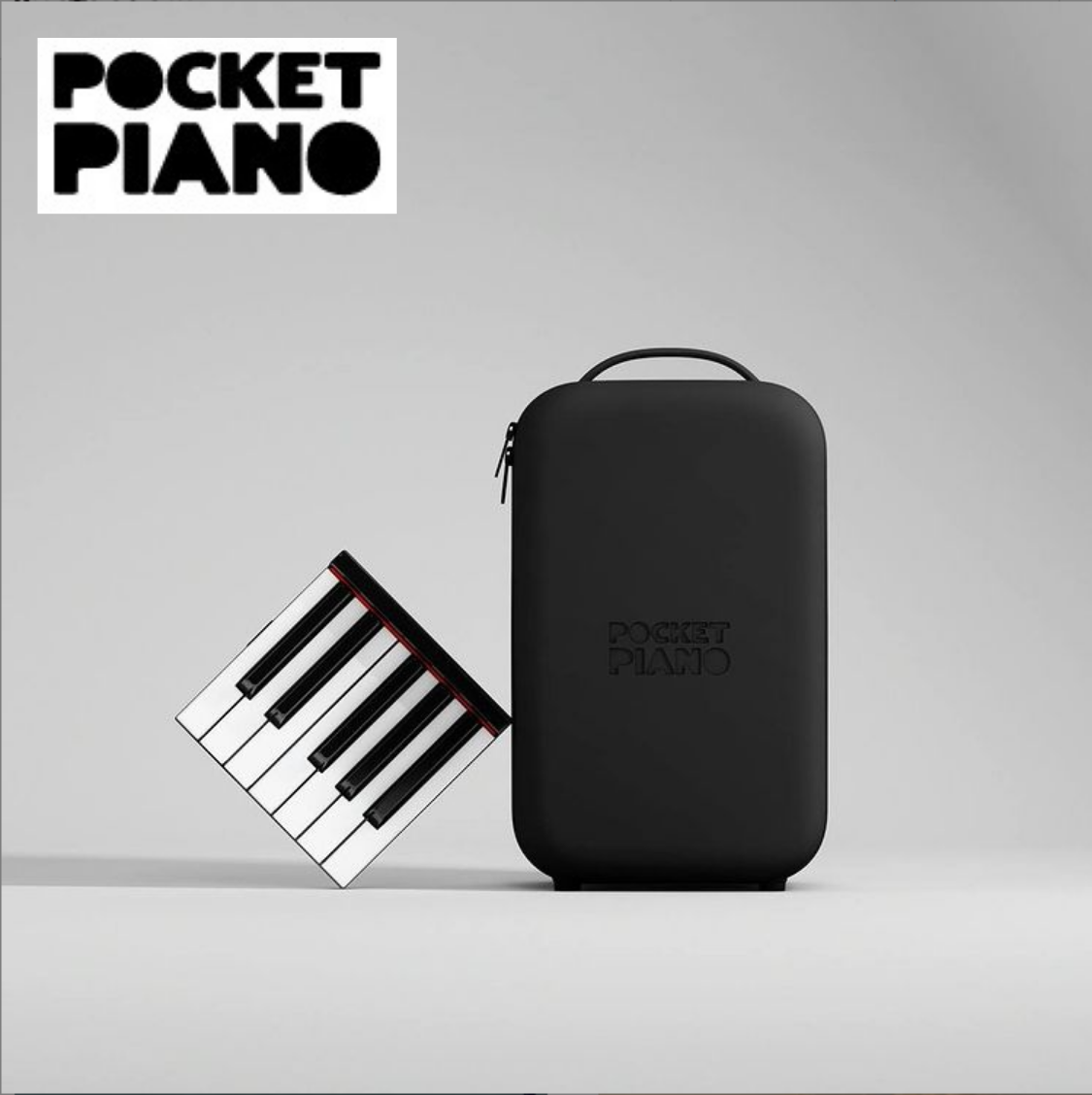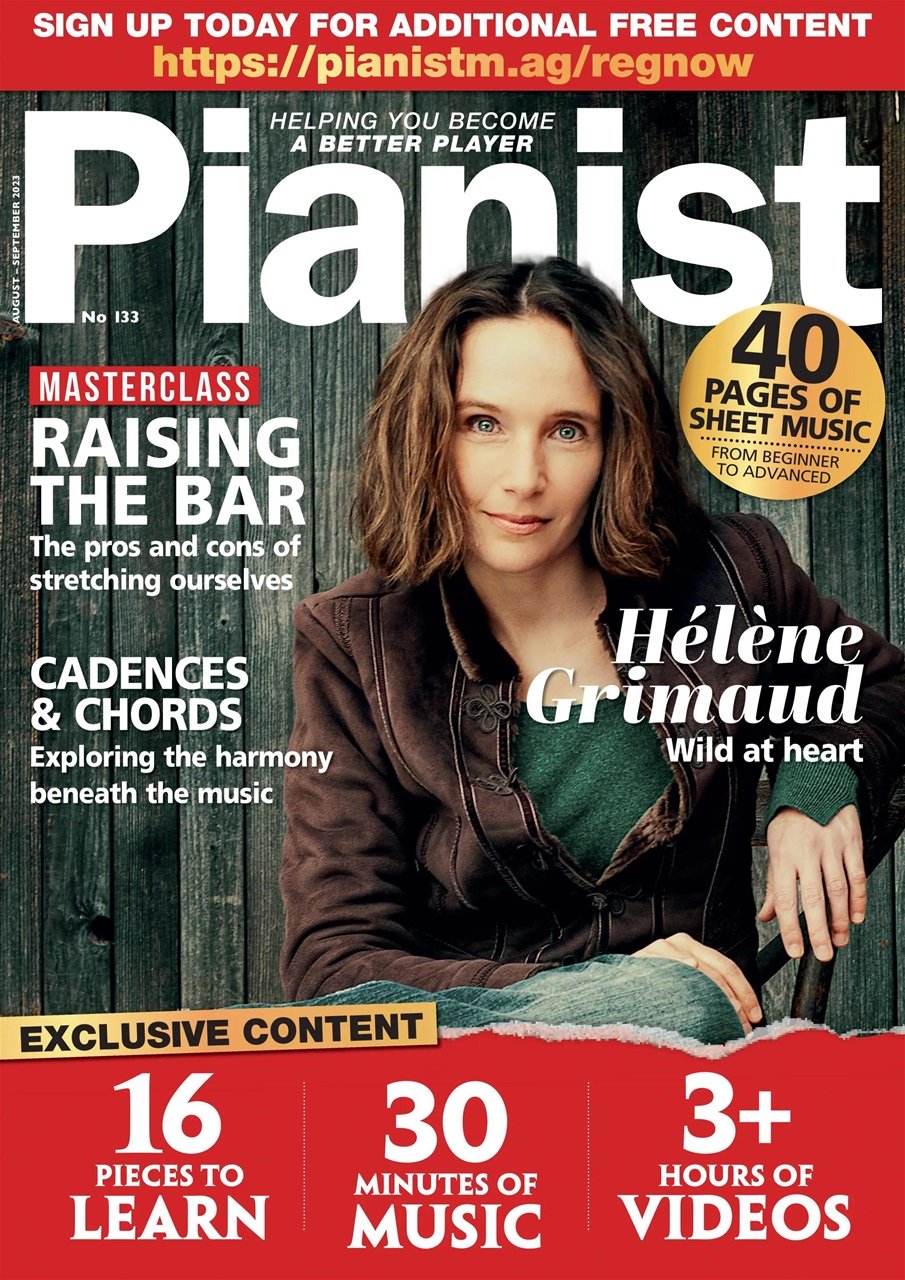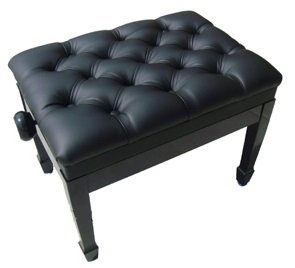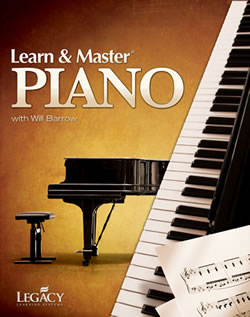What Is A440hz?

What is A440hz? Maybe you've heard the term before, from a musician or a piano tuner, and wondered, "Why is the number 440 used? What does it stand for? Where did it come from? Are all instruments tuned to this "number"?
Put simply, the frequency 440 refers to vibrations, or cycles, per second.
"Cycles of what?" you may ask.
"Of sound."
A440hz is the standard pitch, or concert pitch reference note, used to set the tuning in musical instruments. The "A" in "440" is the musical note A located above middle C.
Or, put another way, the "A" in A440 is the "La" in Do-Re-Mi, Fa, So, "La", Ti, Do.
For musical instruments to perform in unison, they are tuned to a particular
frequency, or pitch reference note. This imperative must be met especially when one or more instruments play together, simultaneously, such as in an orchestra or a band.
The sound produced by different instruments, played at the same time, would not harmonize properly and/or uniformly if they are not tuned to the same pitch frequency, or reference note.
You may still be wondering, what is A440Hz?
Think of it as sort of like a GPS satellite that gives coordinates (a "pitch reference") to a GPS receiver (a musician, or an instrument).
The coordinates on the map ("musician / instrument") need to synchronize correctly with the signal ("pitch reference") to give correct coordinates, otherwise, an experienced user can end up being led down a wrong path.
The signal, and likewise the maps, must be correct, in order for the two to work together synergistically.
More often than not, A440hz is used as the concert pitch reference note in the United Kingdom and United States. Europe has a variety of tones that range from 440Hz to 444Hz.
What is A440Hz?
Pivotal Dates in History
Although setting up pitches for musical instruments dates back to historical times, A440hz was settled upon as a musical tuning standard, on these pivotal dates:
June 11th, 1925 marked the date of the American music industry adopting A440Hz as a pitch reference.
Later, in 1936, the American Standards Association adopted A440, while the New York Philharmonic and the Boston Symphony Orchestra continue to use A442Hz.
At an international conference in 1939, A440Hz was
adopted as the international tuning standard for concert pitch.
More on the history of A440hz can be found, here.
It is not entirely accepted everywhere, but since 1936, most instruments are tuned (and set at the factories), to this one reference note, A440Hz.
Of course, tuning musical instruments began much earlier than 1936.
Throughout mankind's history, pitch values, scales, and temperaments varied according to time period, culture, instrument, and musical study.
In the seventeen century, the pitch used for the note “A” varied considerably, starting with a value of 373.7Hz and going up to 402.9Hz.
Historical facts show that pitch pipes were used when a musical instrument needed tuning. Today, most musicians use the electronic tuning fork.
In 1711, John Shore invented the tuning fork, which had an original pitch of A423.5.
For the correct pitch to be set and measured on a musical instrument, you need the help of the right tool. The tuning fork is the most commonly used tool for setting the first reference note.
First, the note A on a musical instrument gets set to the pitch source. Afterwards, the entire instrument is tuned, based on this one reference note.
An Electronic Tuning Device (ETD) can measure much of what the human mind and ear cannot, to the 1,000th of a semi-tone, providing the device is programmed and calibrated, correctly.
A system known as equal temperament divides the roughness of the musical scale, to sound equally between all twelve notes. Thus, the entire instrument results in balanced sound, and plays beautifully.
The roughness of the musical notes is also known as “wolf”.
If an instrument is not properly tuned, it can sound like it's 'howling at the notes', rather than performing in a balanced way.
Even a musician who wants to play a single instrument will have to set the pitch correctly, to make sure he/she is playing "in tune".
So, what is A440hz?
440 cycles of sound produced per second, emitting a certain frequency, which translates aurally into the "A" vibrating above middle C.
Setting this frequency of a musical tone is crucial for musical instruments to be tuned and to play together, "in tune", with one another.
Without a proper pitch reference, especially in the case of large orchestras, instruments risk sounding "out of tune", and, well, just plain "chaotic".
More interesting history on A440hz can be found, here.
SUBSCRIBE TO OUR FREE EZINE:
Support our site at no cost to you. Make your Amazon purchases by clicking through this link, here.







 Click Here to View our Terms and Conditions
Click Here to View our Terms and Conditions